Possessing a V-shape with an ergonomic design suitable for flying at high speed, the idea of the Flying-V aircraft makes many people look forward to such an aircraft appearing in real life in the future. future.
It may seem odd on the surface, but the Flying-V, this V-shaped aircraft has impressive fuel economy, ergonomic design and passenger capacity. not inferior to current long-body civil aircraft.
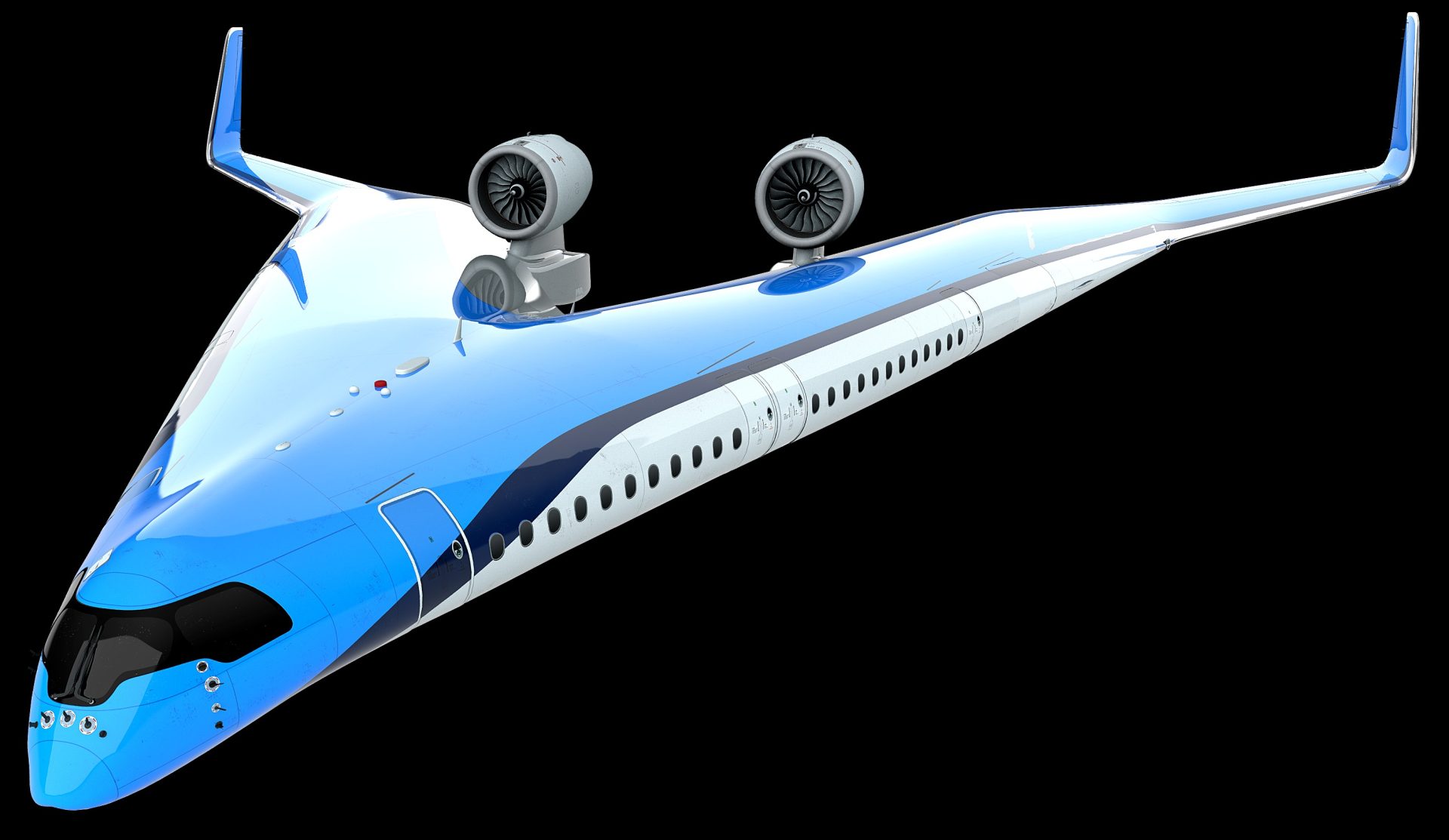
Airplane emissions are a worldwide concern. But until we find a fuel that is good enough to replace gasoline and oil, it will be difficult to reduce emissions from air transport.
However, the Flying-V aircraft research project promises to help solve this problem in the near future. The Flying-V aircraft research project is the result of investment by the Dutch national airline KLM Royal Dutch Airlines.
Project Flying-V is the work of Justus Benad, who was an engineering student at the University of Berlin and developed by researchers at Delft University of Technology in the Netherlands (TU Delft).
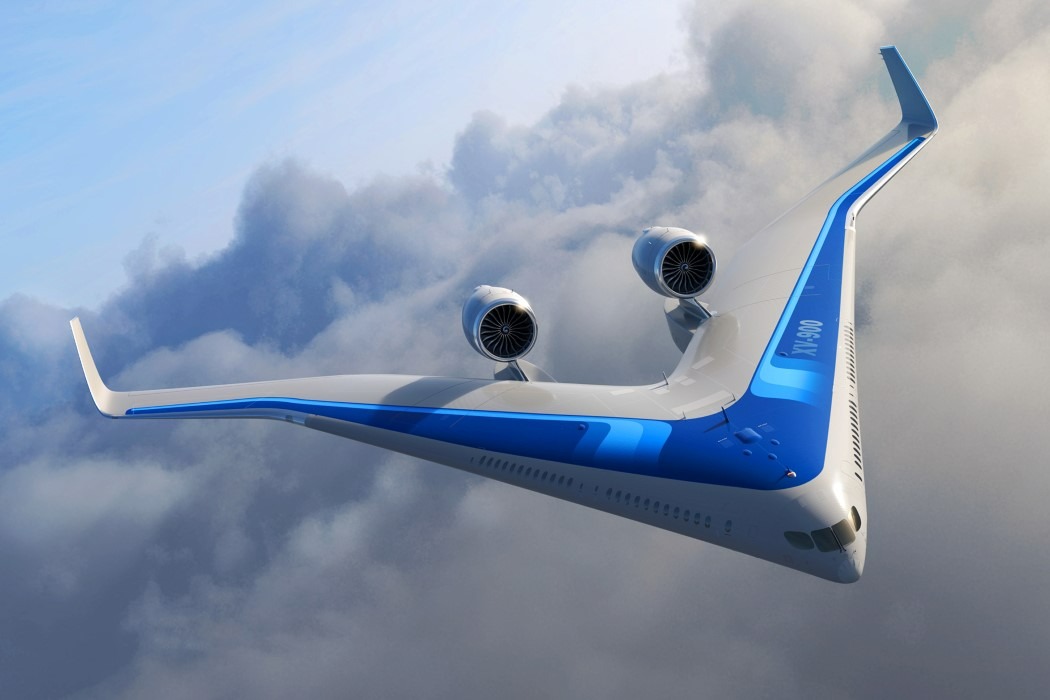
Unlike most traditional aircraft designs, the Flying-V incorporates a passenger cabin, fuel and cargo tanks on the sides of the wings.
According to the disclosure, the Flying-V uses 20% less fuel than the A350-900, while it can carry about 314 passengers, which is almost the same as the number of 300-350 passengers. of the Airbus A350.
With a wingspan of 65 meters, the aircraft is suitable for any existing airport and cargo infrastructure around the world.
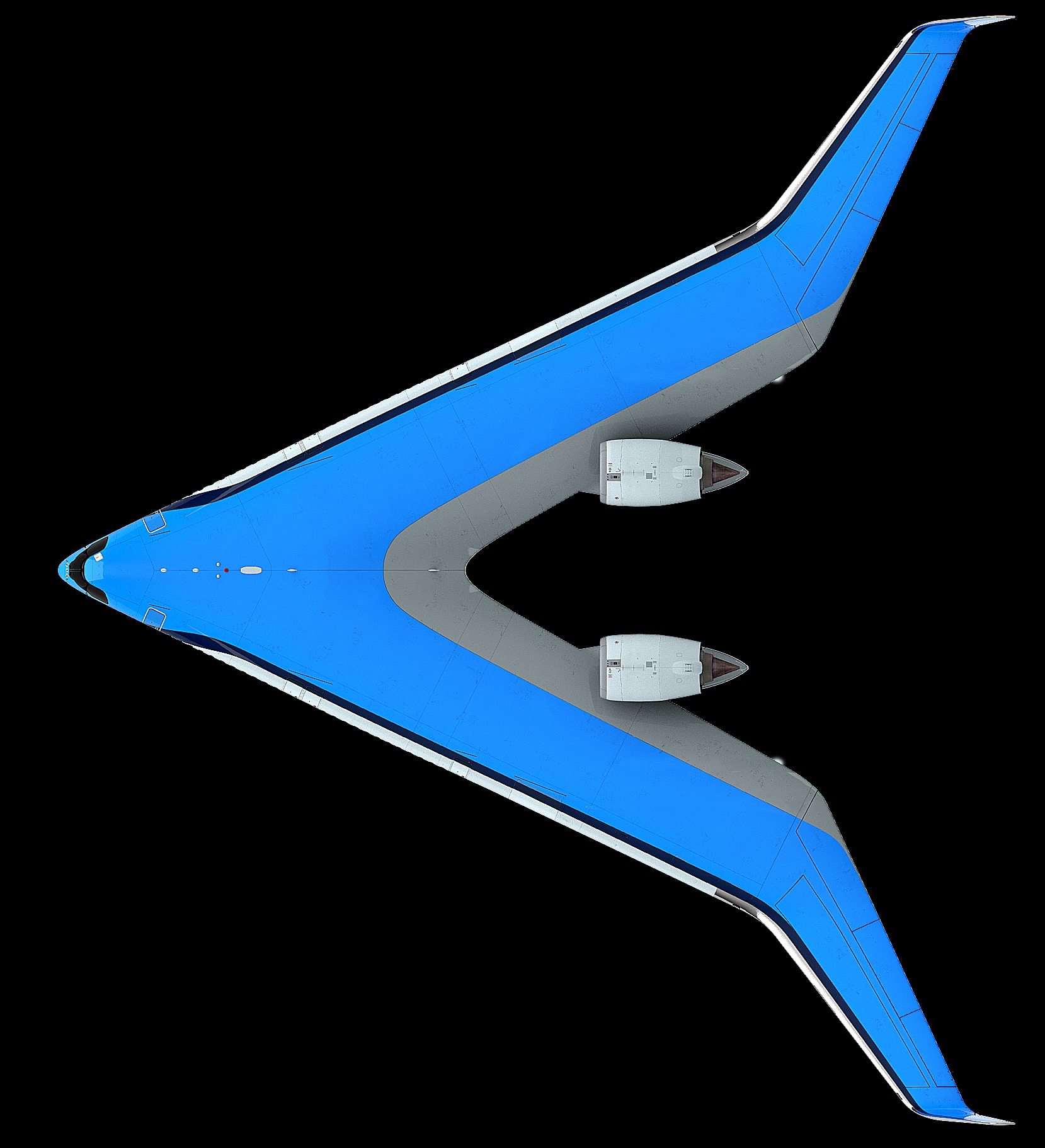
Mr. Pieter Elbers, CEO and president of KLM believes that the partnership with TU Delft will help increase the sustainability of the aviation industry.
However, one problem with this aircraft is its ability to rotate and move in the sky. With conventional aircraft models, one of its wings will flip up and the other will lower to change the direction of the aircraft.
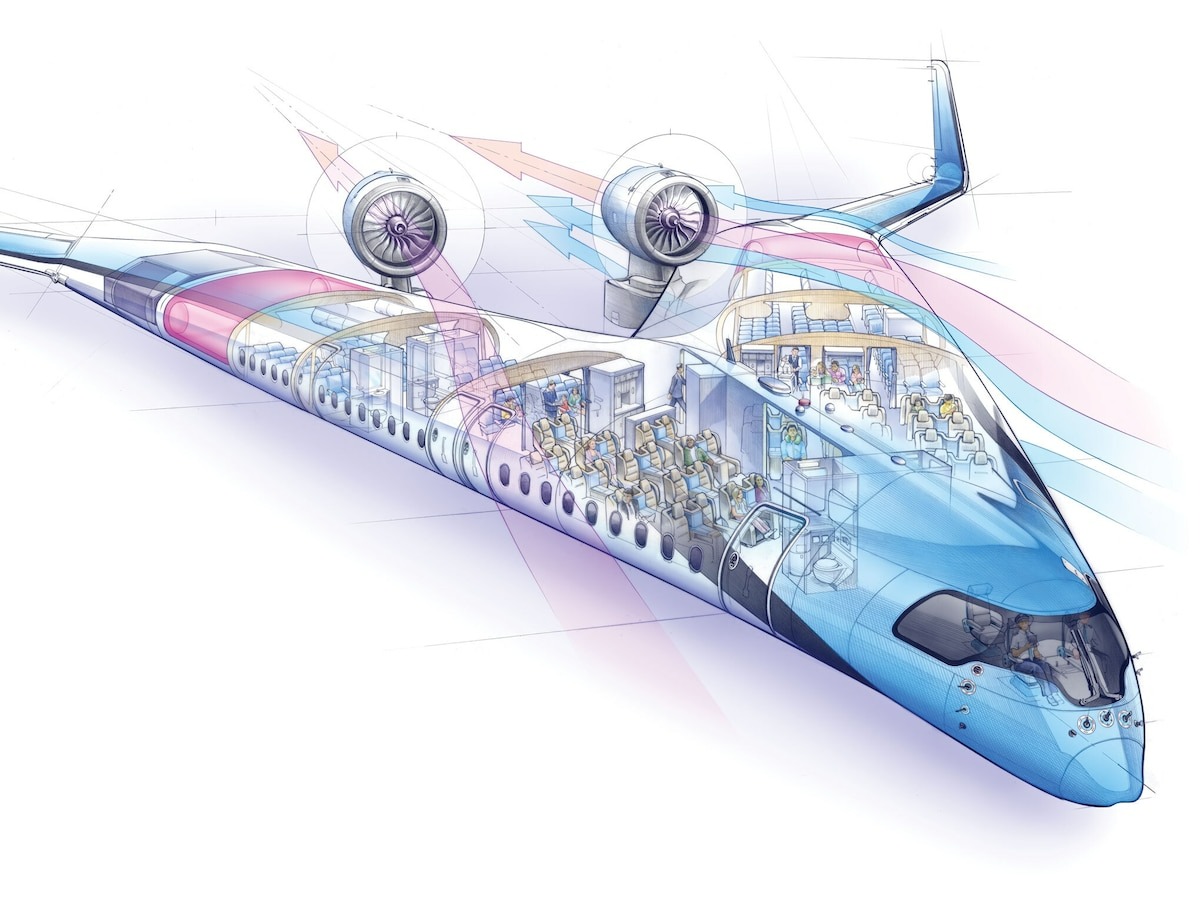
Not to mention, previously the passengers were still sitting along the fuselage and thus creating balance and a sense of stability. But with the design of seats along the sides of the plane, the feeling of moving may be more like a roller coaster than sitting in an airplane.
Roelof Vos, head of the Flying-V research project at TU Delft, said that innovation in aircraft design is needed to deliver high efficiency in transport operations and beyond for development. develop electric aircraft.
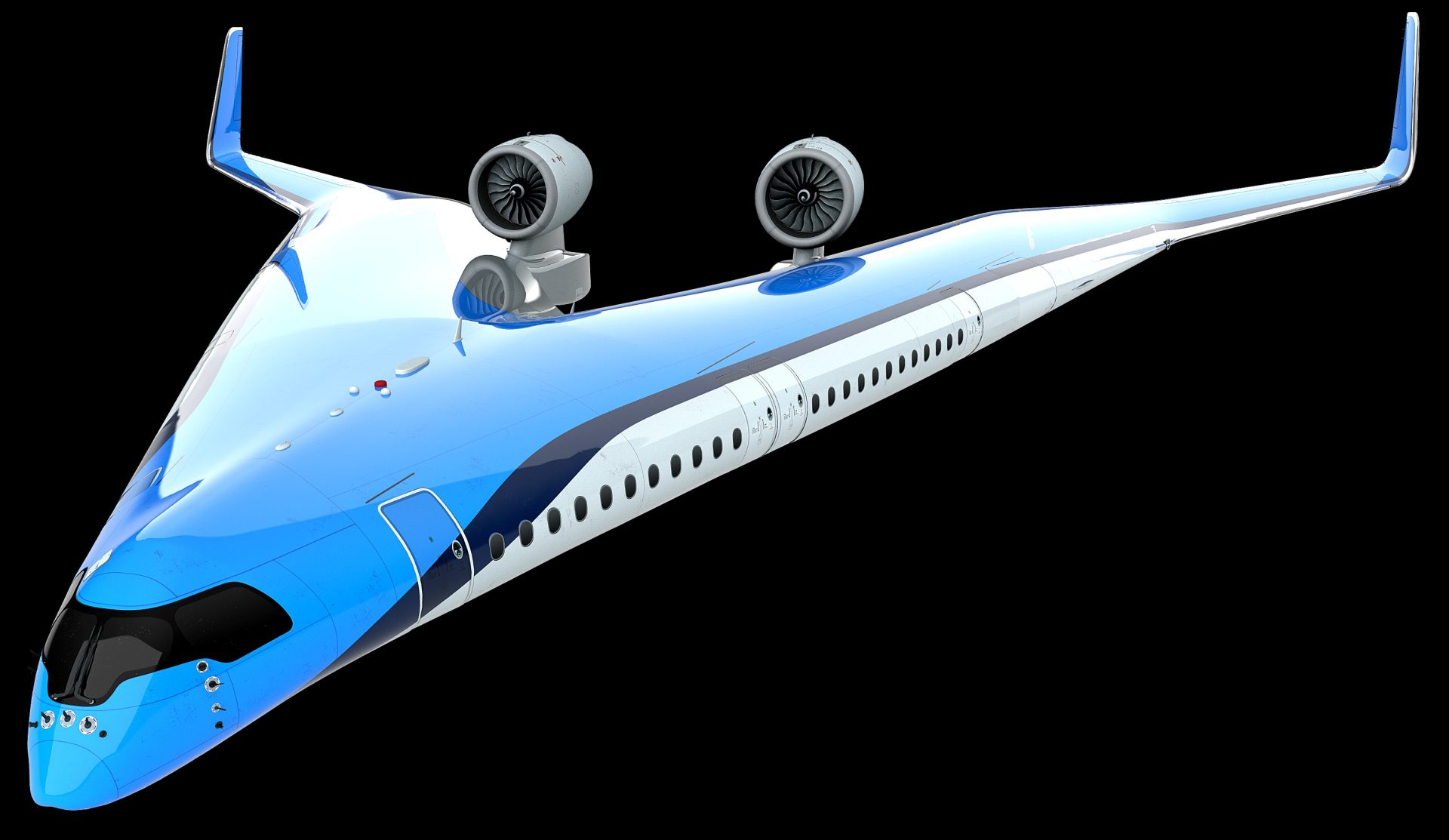
“We can’t electrify the entire fleet because the plane gets too heavy when it’s electrified, and it’s difficult to fly across the Atlantic using electricity alone,” Vos said . even in the next 30 years. So we have to come up with new technologies to reduce fuel consumption in different ways.”
Currently, the aviation industry contributes about 2.5% of CO2 emissions globally and the number will continue to increase if people do not do something more sustainable. It is estimated that by 2050, this number could reach 5%.
Whether an aircraft’s fuel efficiency can be increased or not depends largely on its aerodynamic design, especially the weight of the aircraft.
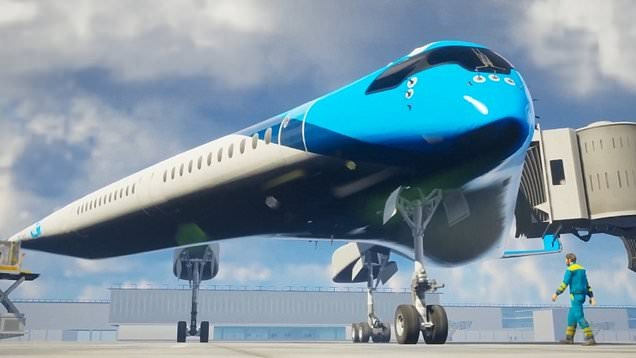
The team expects to continue to change the aircraft model in September. A mock-up of the new cabin design will be open to the public at Schiphol Airport in Amsterdam, Netherlands in October.
It is expected that if the research is completed, this aircraft can go into commercial operation from 2040 to 2050. Therefore, from now until then, the design and features of this aircraft project will still change. pretty much.